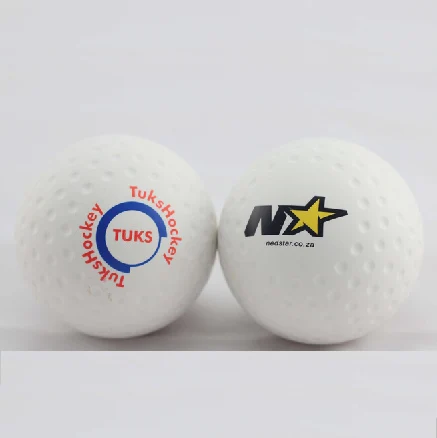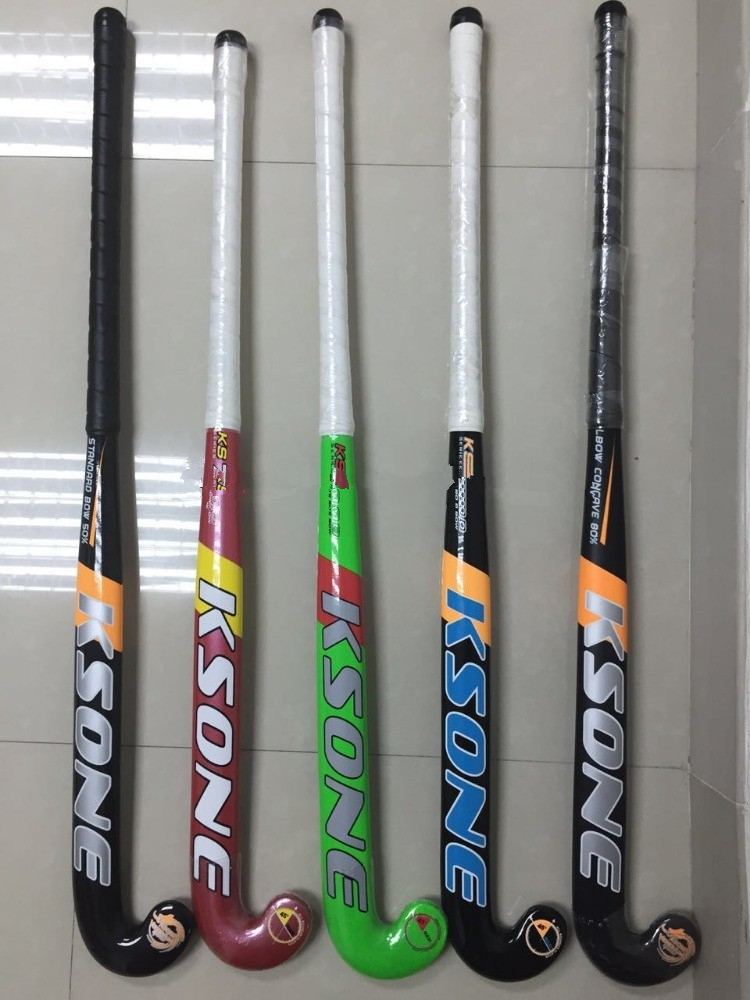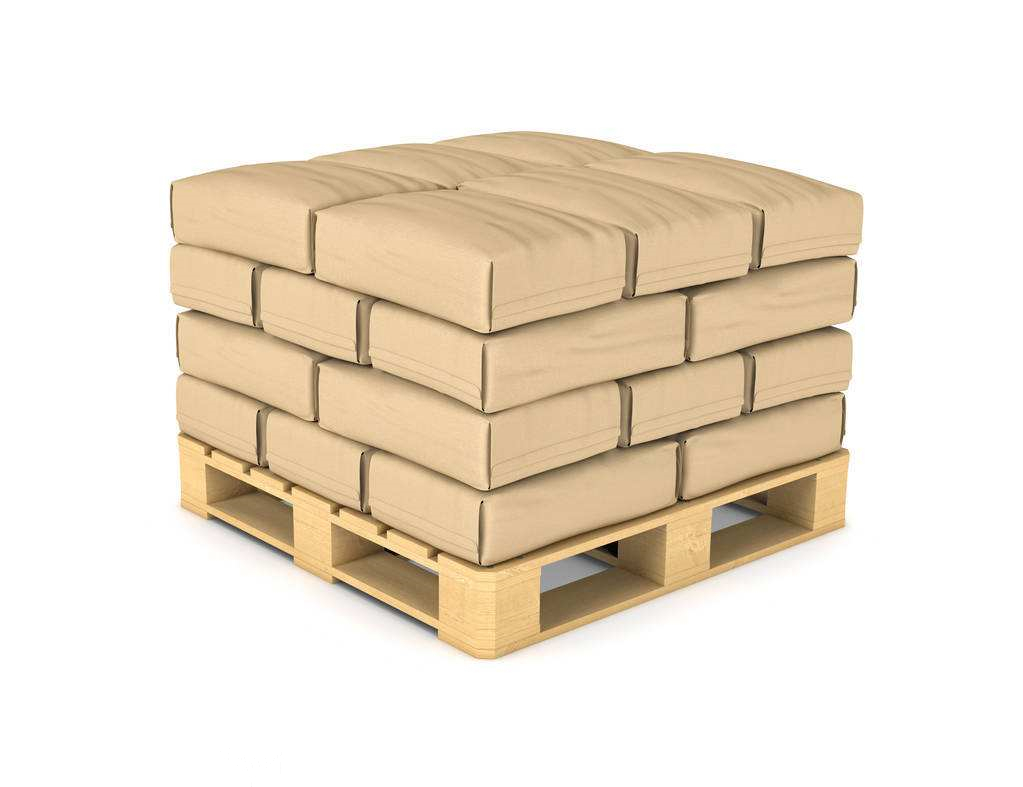Plastic printing is a very active field in the packaging and printing market. Printing on plastic substrates is a growing and challenging market. UV drying inks and coating materials are suitable for this market because UV drying is low temperature. The instant drying method, fast fixing speed, means faster production speed, and it also reduces the energy consumption and environmental damage because it does not require the use of a heating and drying device.
Although they have been successfully used for many years, as the market continues to put forward new requirements and applications, printers, inks and coating materials manufacturers need to pay more attention to a series of problems brought about by the use of UV inks and UV coating materials. For example, to get good adhesion on any type of substrate is a challenging task. This article aims at a brief analysis of the four aspects to be noted when printing UV inks and coating materials used on plastic films. It is hoped that this will help companies and individuals who use the product.
First, the surface tension
Surface tension is the most basic factor in plastic printing, because it directly affects the affinity between the plastic substrate and the ink and coating material. Because most plastic films have a low surface energy, a strong chemical inertness, and a smooth, smooth surface, they are difficult to be wetted and firmly adhered by materials such as ink. Therefore, these materials need to be surface-treated before they are printed or coated to change their surface chemical composition, crystallization conditions, surface topography, and increase the surface energy so that their surface tension reaches 40 dynes/cm or more. Under normal circumstances, the printing material suppliers will perform surface treatment on their products, but the effect after processing will soon disappear.
For printing on plastic substrates (in fact, any printing), the surface energy of the ink and the coating material must be lower than the surface energy of the substrate, and the surface energy of the coated material must be lower than the surface energy of the upper layer ink. In order to achieve good wetting between the layers and good adhesion between the layers. In order to obtain an acceptable level of adhesion, UV product manufacturers have carefully selected raw materials for producing inks and coating materials. In contrast, solvent-based inks have a low surface energy and therefore can very easily wet most substrates, so surface treatment of substrates, especially when using UV materials, is a must.
For printing companies, in order to ensure that the surface tension of the plastic substrate is within an acceptable range, on-line surface pretreatment of the substrate is the best method. Pretreatment methods for plastic films include chemical treatment, flame treatment, photochemical treatment, oxidation corona treatment, and online coating pretreatment. Among them, the oxidation corona treatment is the most commonly used treatment method. It uses a high-frequency (intermediate frequency) high-voltage power supply to generate a corona release phenomenon between the discharge blade holder and the blade, and the plastic film is processed. Under moderate conditions, oxidative corona treatment is used in many types of plastic substrates without damaging the heat-sensitive plastic layer; chemical treatments are also used, but are often used in conjunction with corona treatment. In order to check the effect of the treatment, a surface energy tester is needed for inspection.
Second, the glass transition temperature (Tg)
The glass transition temperature Tg is defined as the inflection point of the thermal expansion-temperature curve of the UV-cured epoxy acrylate coating (UV series) expansion rate with temperature. Compared with traditional inks and coating materials, UV products are usually composed of low molecular weight materials, which can form a very thick, highly cross-linked network structure, resulting in higher glass transition temperatures for UV products. The ink film also has good rub resistance and chemical resistance.
If the glass transition temperature (Tg) of the UV product is higher than the temperature at the time of bronzing and coating, it will make it difficult for the foil layer or the plastic layer to adhere thereto. Therefore, using a raw material with a lower glass transition temperature can help a printing company to use a lower temperature to obtain a good foiling and laminating effect.
Third, the penetration of printing materials
Unlike most paper and paper substrates, there are no micropores on the surface of a typical plastic film substrate for ink or coating material. However, some plastic substrates can be swollen by the action of certain UV materials, so this combination can be used to allow the ink or coating material to penetrate into the film. After drying and curing, the plastic substrate and the ink or coating The material is firmly bonded. In addition, this penetration can usually be enhanced by temperature.
Fourth, the degree of drying and curing
Let's take a look at the drying and curing mechanism of UV inks and UV coating materials. Unlike solvent inks and coatings, which are cured by evaporative drying of solvents, UV inks and coatings rely on UV (UV light) energy curing. After drying, the UV ink or the coating is irradiated with ultraviolet rays, the photoinitiator in its composition absorbs the light energy of the ultraviolet light to perform polymerization reaction using the UV material and finally causes the UV ink and the coating to dry and solidify. Therefore, as with any UV material formulation, the right photoinitiator must be used to achieve the best cured film effect. In practical applications, UV inks and coating materials must be used in conjunction with certain UV light energy to work well. When the UV light energy is changed, the resulting ink film layer effect will also change.
UV inks and coating materials sometimes seem dry on the surface, but in fact they are not completely dry in the entire ink film layer. The degree of dryness near the bottom of the ink film layer is also very good for obtaining good adhesion. Pivotal. If the ink film is not completely dry, any penetration will not work, and therefore it will not achieve the desired adhesion.
Modern printing is developing in the direction of rapid, multi-color one-off printing. Therefore, new requirements are also put forward for inks. Ink should not be printed on the printing machine, but it can be dried quickly after being printed on printing materials to meet the continuous and rapid printing of printing companies. The request. UV inks just have such performance, and they are not polluted by the environment and can be printed on any printing materials. In the future printing, UV inks and technologies will become the mainstream; and the UV coating material has a fast curing and low temperature curing characteristics. It also makes its application in the post-print coating process quickly expanded and has a great potential to replace plastic film composites in many products. However, while enjoying various excellent properties of UV inks and coating materials, it is also impossible to ignore some of the influencing factors that should be given close attention. In particular, several of the influencing factors discussed in this paper should be given adequate attention.
Printing with UV inks and coating materials Attention problems
Product Description
KSONE Street Hockey Ball/Puck can be played for games including dek hockey, road hockey, bike polo, etc. With 3 different hardness, it performs well in either summer or winter. The quality and durability is assured with premium material and production.
|
Product Type:
|
street Hockey Ball
|
|
Material:
|
PVC
|
|
Diameter:
|
65-70mm
|
|
Weight:
|
50-75g
|
|
logo
|
Customized in printed logo
|
|
Package
|
Customized
|
|
Color:
|
Multiple
|
|
ball hockey:
|
dek hockey
|

Related Products



Packing & Delivery


Street Hockey Ball
Outdoor Floor Hockey,Outdoor Floor Puck,Street Hockey Ball,High Quality Street Hockey Ball
FAY YOU SPORTS CO.,LTD , http://www.ksonelacrosse.com